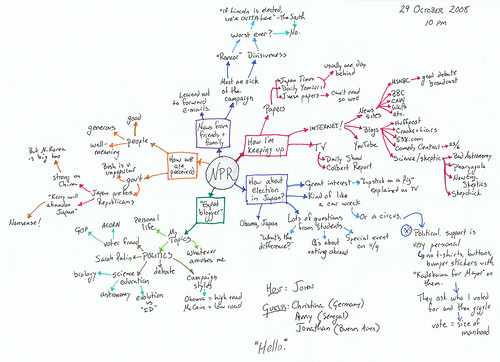I’m just popping online to say that this weekend will be hectic so updates will be slow for the next week. I’m still alive and haven’t forgotten about you all – life’s just doing its best to get in the way of blogging again. Keep writing and I’ll be back before you notice I was ever gone....





















